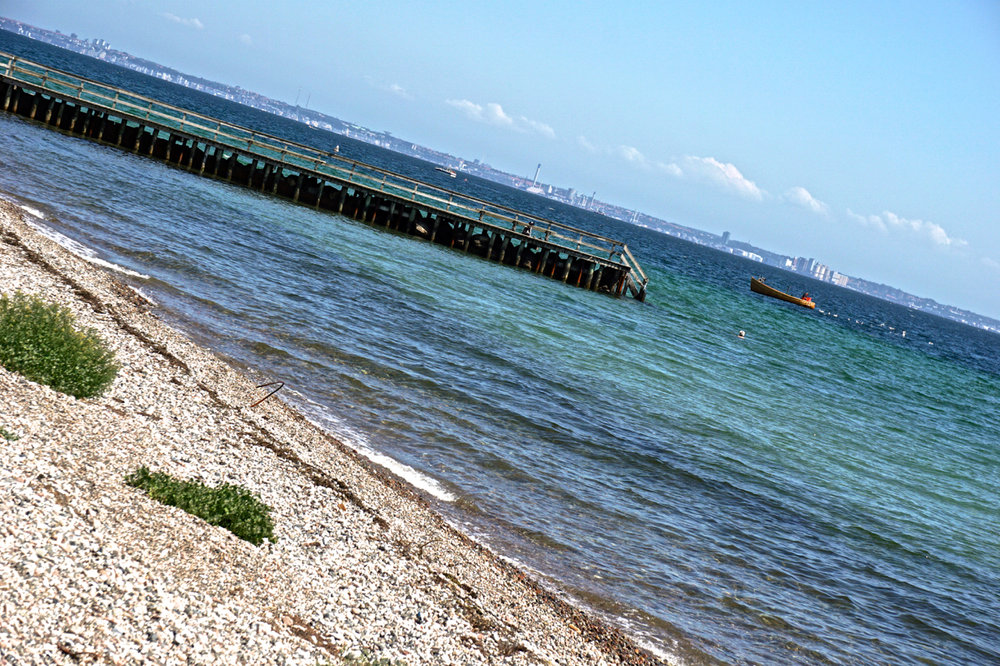
I recently took part in a workshop on art and photography at the Museum of Modern Art, “Louisiana”, in Denmark. Louisiana has an education and learning department which mounts events for both children and adults, drawing on its permanent galleries as well as its changing international exhibitions. Louisiana is a stimulating place both visually and intellectually. (And it has a marvellous cafeteria that would be worth a photographic exploration in itself!).
My own preferred painters have been the impressionists and those who could be said to have been their inspiration in the use of light, for example, the English open-air painters, or running parallel, again not in style, but in their relationship to light, such artists as the Danish Skagen group, or the rural painters of Funen. All these are goldmines of inspiration for photographers interested in both landscape and domestic image-making. What we are doing, of course, in so far as our object is not primarily documentary, is catching impressions through the lens of the camera. At the same time we may, with less awareness, be giving expression to our feelings about what we are seeing.
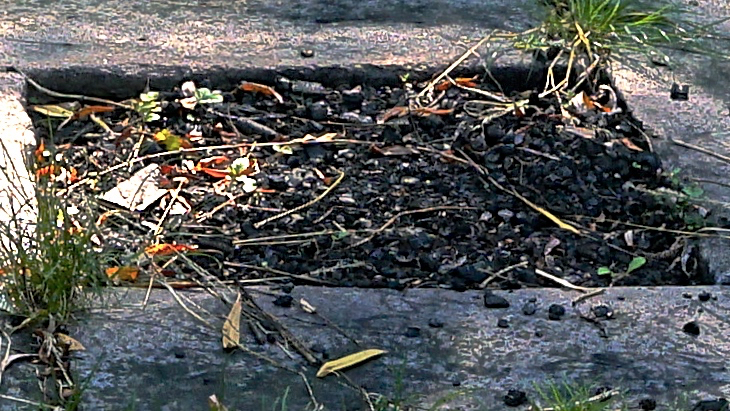
My workshop invited us to do two things. First we were to make a short visit to the current exhibition of the work of Gabriele Münter, 1877-1962, who began her picture-making as a photographer in the USA. On returning to Europe, she studied painting with Wassily Kandinsky, becoming herself a significant expressionist painter. Under the impact of her work (quite mind- and eye-blowing), we were invited to go on a walk in the lush and varied grounds of Louisiana, stopping up from time to time to use the surroundings to make images expressing something about ourselves (feelings, place in life, or other self-dimensions significant for us). “Do not take not photos of something, but photos about something”, as our tutor said.
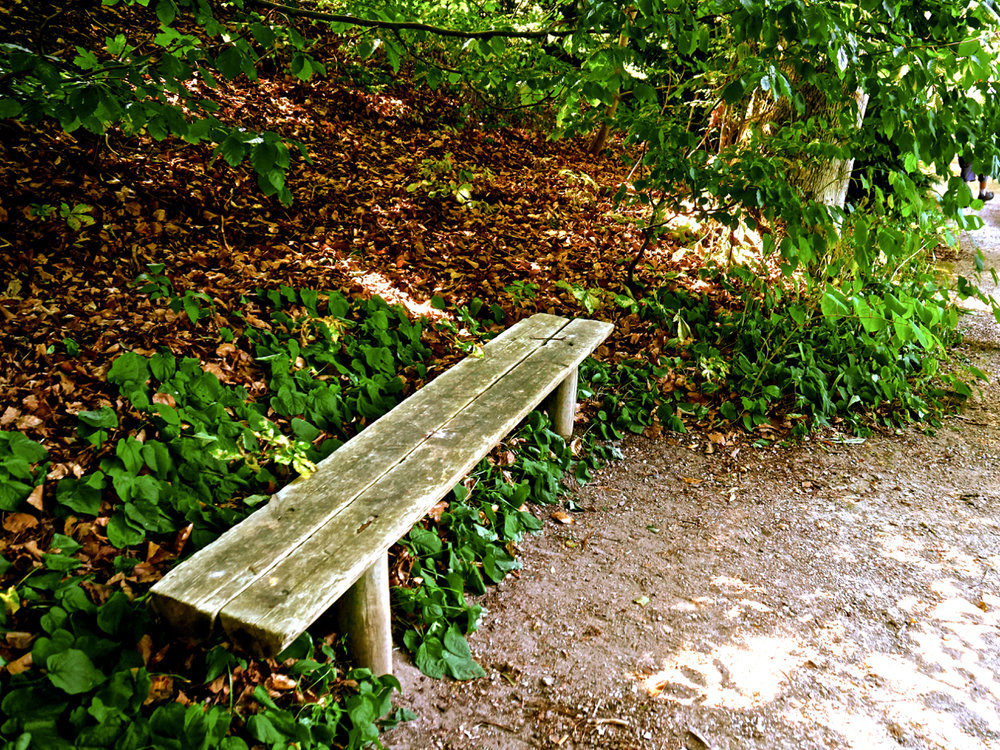
“Rising eighty” is a theme which has become significant for me in the course of the year, and I thought a few images from that awareness might be of interest. The subtitles are only hints and do not exhaust the potential of the images.
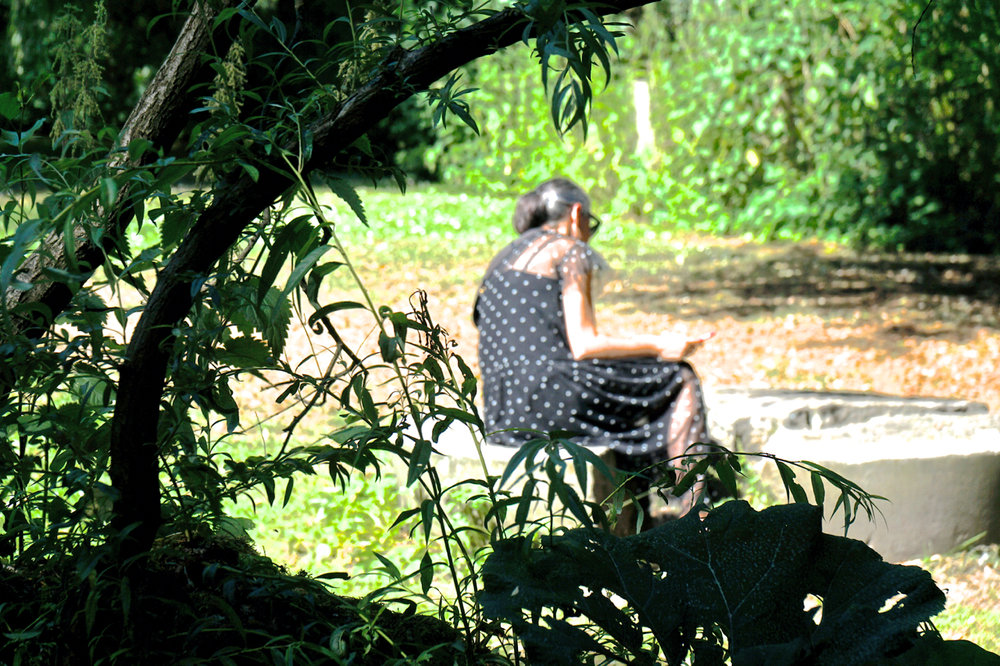
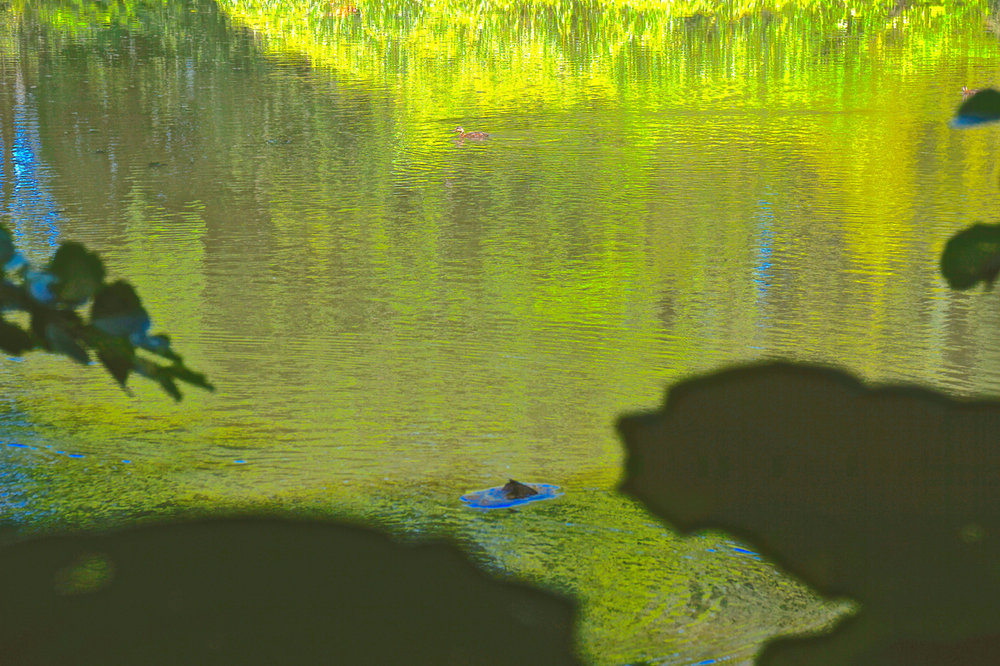
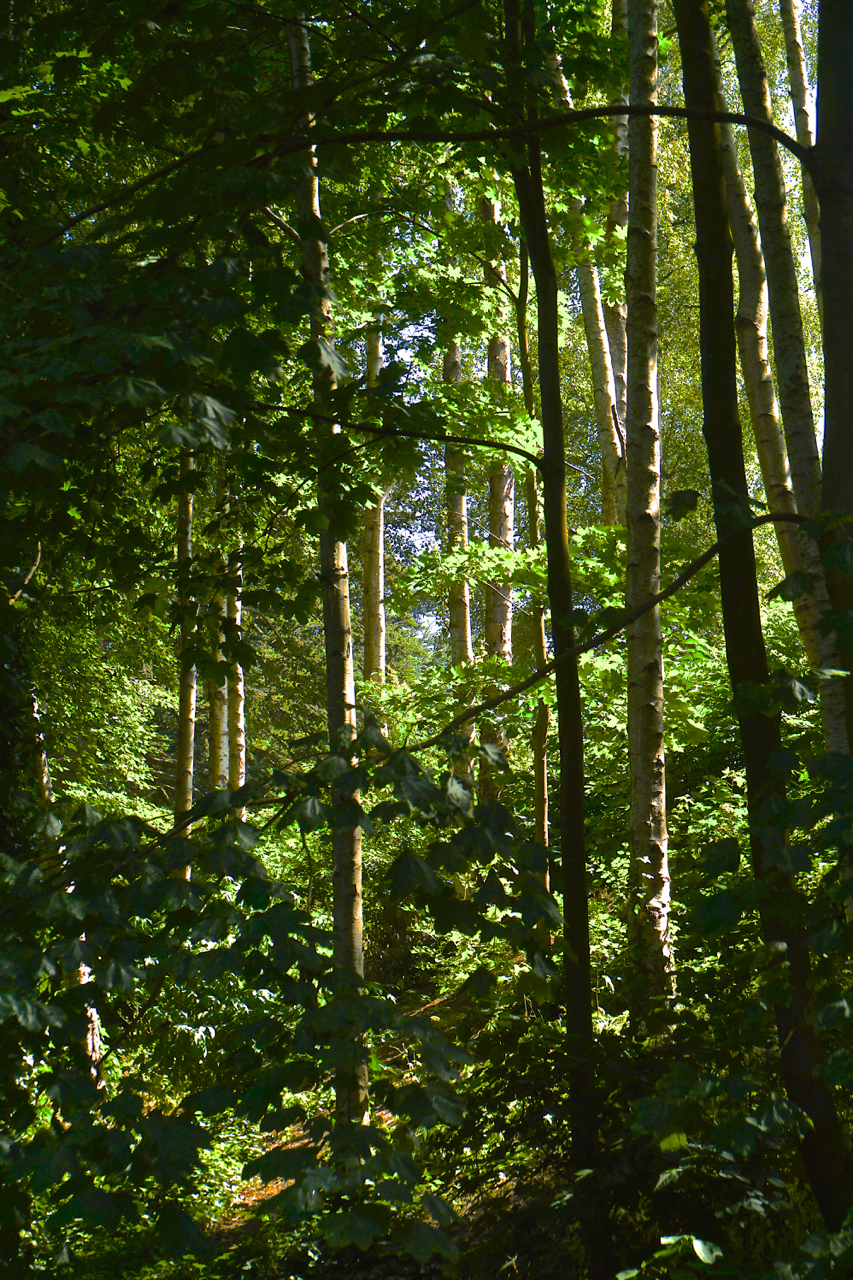
_____________

Lovely photos John. The most important thing about any photo (short for photograph – drawing with light) is that it represents what the photographer saw. Cameras don’t take photos, photographers do. At best, cameras create images (I don’t approve of that ‘file’ nonsense at all), but a photograph is something created by a photographer.
As for straight horizons, they are only for camera club judges who have nothing better to say. The camera used is utterly irrelevant to good photography, of course.
William
I’m really glad you liked them: the approach was new to me – not only representing what I saw (my impression), but also what I felt and wanted to say (my expression). I also do what is sometimes called "contemplative photography" (mainly Miksang), but this was different in feel and result.
William,William. Come on. Surely even you realise after looking at John’s first photo that my comment regarding straight horizons was made with my tongue firmly planted in my cheek?
I know that John. I was not alluding to your comment, but was making a more general comment as not everyone has such a broad view of such matters. I had a friend one time who had the view that only the chef had the right to determine the seasoning in cooking. I think that the same thing should apply to photography, although I must record that he almost wiped me out with a tomato omelette that could be better described as a garlic and tomato omelette!
William
John , thanks for an interesting story and images and how refreshing to read a photo story without a single mention of cameras.
However you are going to have to concentrate on getting your horizons straight….
I realised that about no camera, after it had gone to print, and thought it was my error.
But people do ask and I have to confess to my own surprise that the Sony a6000 with the Zeiss ZA 16-70 has supplanted the Leica XV in my photography – for now, at least. Suits my hands better, and i find the lens really good.
Sorry if you didn’t want to know!
Hi John, Excellent article, and love the images – oddly the out of focus shot really is something cracking, framed by the tree that is in full focus – its a neat idea. I spend a lot of time on the Yorkshire coast, and the one thing it makes you think about is light, and how it works, and how the same scene can change depending on when you shoot it. The sky there changes on an hourly rate almost.
Thanks for sharing this article.
Dave
I know eactly what you mean: childhood and adult holidays also spent on that Yorkshire coast. It lays down levels of visual experience without one recognising at the time.
Shadows and light is gorgeous, thank you for this article!
Thankyou – a theme i want t work on more-
I like your tutor’s instruction “Do not take photos of something, but photos about something”. Meaningful, simple but not. And in that regard your final image with its enmeshed layers of light fits the bill, to my thinking at least. Thanks, enjoyed it.
I’ll add meaningful, simple but not to my list of photo quotes! The last image is actually my favourite, too, if I have to have one, but the first one, which was a bit of a rule breaking "dare", took me by surprise.